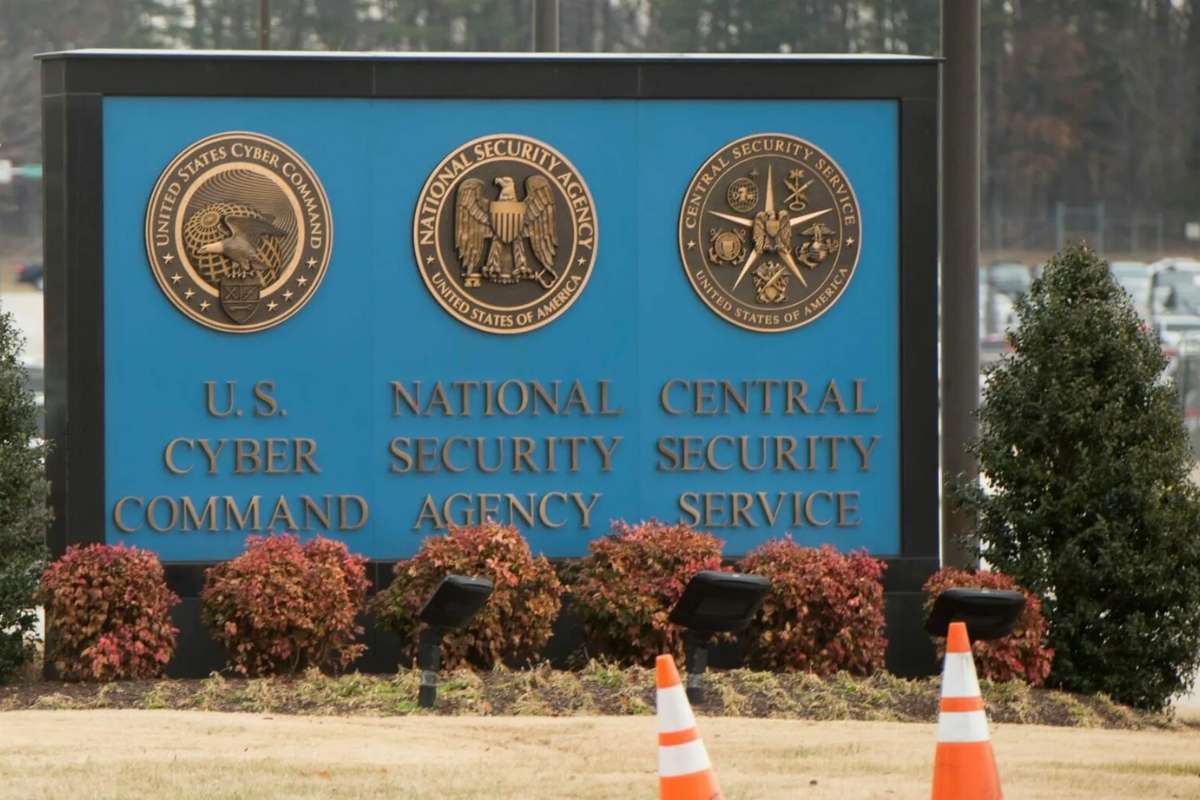Aligning Resources and Strategic Direction
The Cybersecurity and Infrastructure Security Agency (CISA) recently disclosed the 2024 priorities for the Joint Cyber Defense Collaborative (JCDC), aiming to streamline its operational focus amidst recent criticism. The announcement of three overarching priorities signifies a concerted effort to align resources and strategic direction within the collaborative. Over the next year, the JCDC will prioritize defending against advanced persistent threat (APT) operations, enhancing baseline protections for critical infrastructure owners and operators, and proactively anticipating emerging technology and risks.
Clayton Romans, associate director at CISA, emphasized the significance of these priorities in expanding the scope of the partnership to tackle evolving cyber risks. He clarified that the JCDC represents a collective alliance of industry and government partners dedicated to driving positive change in the nation’s cybersecurity landscape. The move comes as part of CISA’s commitment to fostering a collaborative environment to address complex cybersecurity challenges.
Addressing Concerns Amid Criticism
The announcement also arrives amidst escalating concerns regarding the effectiveness of the JCDC, fueled by critiques surrounding technical expertise and an excess of legal focus. Recent observations indicate a decline in participation from security researchers, with some labeling the JCDC as “dead.” Brian Harrell, a former assistant secretary at the Department of Homeland Security, underscored the necessity for CISA to demonstrate tangible value to the industry by shifting focus from discussing risks to actively mitigating them.
The release of the 2024 priorities follows a series of warnings from federal authorities regarding Chinese intrusions into critical infrastructure. Heightened scrutiny surrounding cybersecurity efforts has prompted federal IT officials to call for enhanced collaboration and more proactive measures from CISA. Despite acknowledging CISA’s strategic approach, cybersecurity experts have raised concerns about the adequacy of tactical implementation within the JCDC, citing “growing pains” as a prevalent issue.
Strategic Initiatives and Future Outlook
The JCDC’s priority involves combatting APTs, including nation-state hackers, by updating the National Cyber Incident Response Plan to reflect significant changes in policy and cyber operations since its inception in 2016. Additionally, CISA aims to mitigate ransomware attacks against critical infrastructure and advance its secure-by-design initiative to decrease inherent cybersecurity risks. Plans also include prioritizing operational activities geared towards defending and disrupting ransomware attacks while mitigating risks posed by artificial intelligence to critical infrastructure.
Looking ahead, Romans reaffirmed CISA’s commitment to driving scalable change across the technology ecosystem by advocating for the implementation of effective cybersecurity measures. The agency remains steadfast in its pursuit of reducing defective technology products through enhanced design practices and promoting robust default security settings. As CISA continues to navigate evolving cyber threats, collaboration and proactive risk mitigation remain central to its overarching mission of safeguarding critical infrastructure and enhancing national cybersecurity resilience.
Also Read: The Transformative Role of Artificial Intelligence in Cybersecurity






